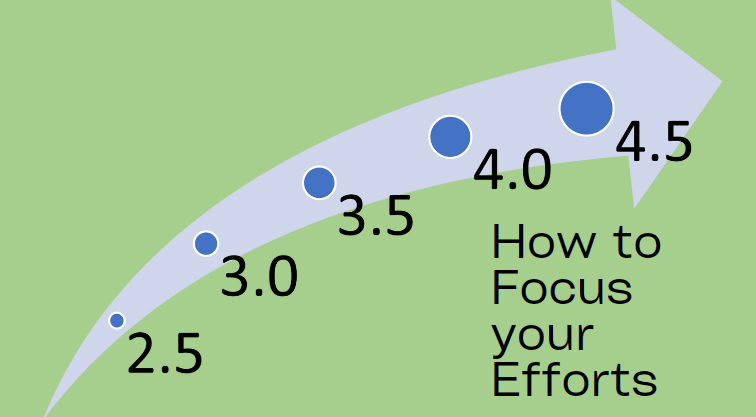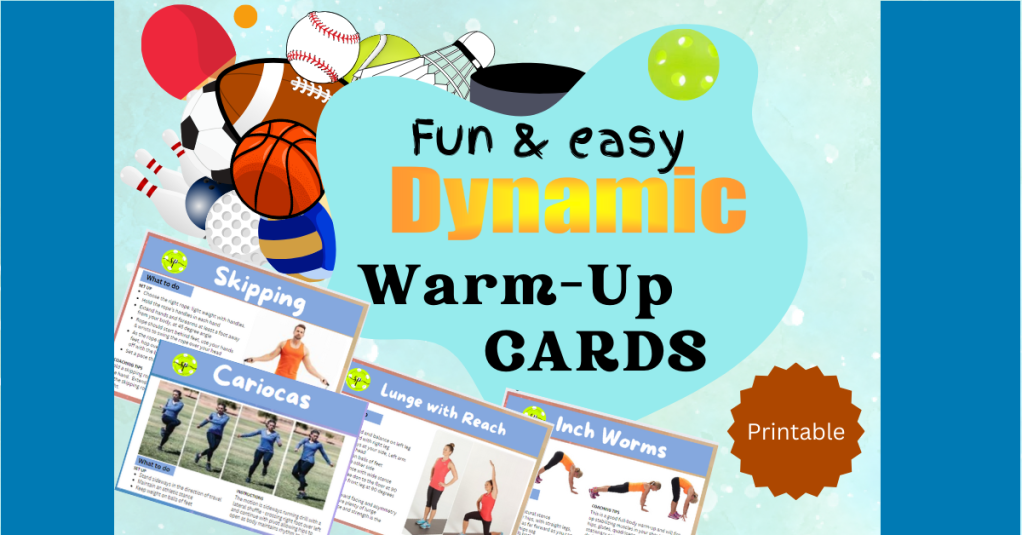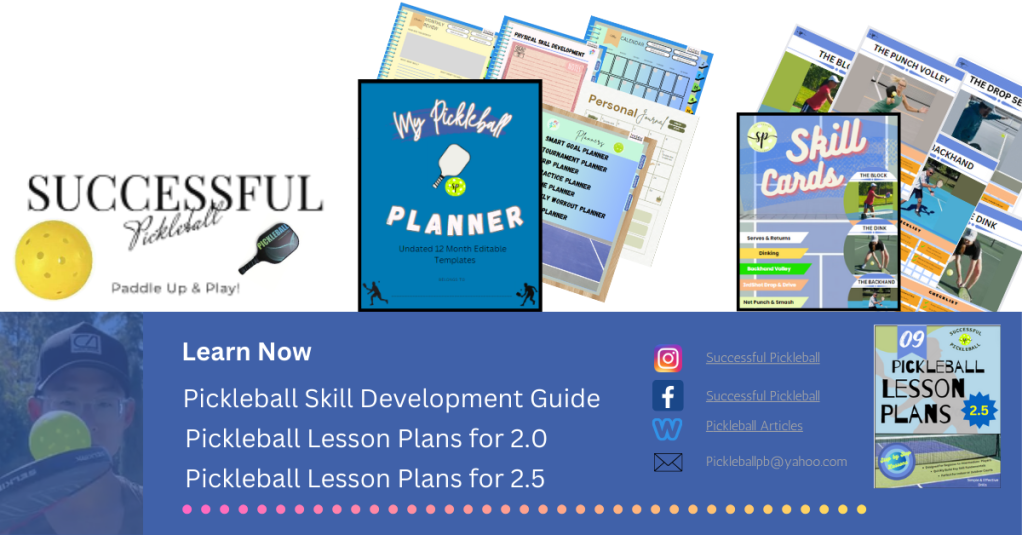The main aim in pickleball is to enjoy competing with players at a similar level. How can players find their level without playing a lot of one-sided games? Players can estimate their own rating based on how they perceive their skills but it can be difficult to judge your own standards without seeing the level of play in the different divisions.
The Wonderful World of Rating Systems
A rating system is used to place players in appropriate levels using an algorithm based on recent results from tournament play. There are many ranking systems today in pickleball and they generate their own rankings for players. There is the APP – Association of Pickleball Professionals, PPA – Pro-Pickleball Association, WPR-World Pickleball Rankings, USAPA – USA Pickleball, and GPR – Pickleball Global.
The Association of Pickleball Professionals or APP ranking or APP Standings list is for both professional and amateur pickleball players and is based on respective performance solely in APP Tour events.
The Professional Pickleball Association (PPA), prefer the DUPR (Dreamland Universal Pickleball Rating) system, which tracks the outcomes of matches as reported by the players. This is a relatively new system that incorporates all matches, including recreational play, weighs how many points were scored in each match, so every point counts, and gives a higher weighting to the weaker partner’s skill level in doubles pickleball, which is based on the principle that the weaker player will receive more balls or shots.
The World Pickleball Rankings (WPR), is the most comprehensive ranking for Pro and Sr. Pro pickleball players. They consolidate rankings of all the major pickleball organizations by collecting player points over a rolling 52-week window. WPR rankings are the official rankings provider of the USA Pickleball, the APP tour, US Open Pickleball, and Tournament of Champions.
The USAPA Tournament Player Rating (UTPR) -formally known as the USAPA Pickleball Tournament Player Rating) is the calculated player rating, based on tournament win/loss results which have both a 4-digit calculated rating and a rounded down 2-digit skill level. It is important to note UTPR’s are designed to provide more accurate tournament ratings eliminating ‘sandbaggers” (playing down in order to win a medal) and ‘over-raters” making seeding easier. UTPR’s are designed to be self-correcting and is based exclusively on win/loss match results in comparison to the relative strength of opponents. Ratings adjust to match changing and growing skill set. It is calculated weekly based on the ELO system – increase for wins and decrease for losses.
GPR or Global Pickleball Rankings are provided by Pickleball Global. Their ranking system is based on a player’s 12 best events in a 12-month period. One unique characteristic about their ranking is players are not penalized for poor match results.
2-Digit Ratings
These are rating definitions used to self-rate for players who have never played in a tournament or participate in performance-based club play. These ratings are frequently used for non-sanctioned events or recreational play.
The 1.0 – 1.5 player is new to the sport with little understanding of the game and rules. These players can hit the ball back and forth a bit but fails to hit easy balls frequently.
The 2.0 player is just starting out learning the rules and getting a feel for the game, while primarily working on getting the ball into play. These players can sustain short rallies, make basic strokes such as forehand, backhand, volley, and is learning the basic rules for doubles play.
The 2.5 player is ready to play in a league and low-level tournaments where they can sustain longer rallies, make easier shots and able to approach the non-volley zone. They are not comfortable with with fast pace, are aware of dinking, and struggle to cover the entire court.
The 3.0 players is becoming fairly consistent and able to hit medium-paced shots but struggles in other situations. Their serve is reliable, and can return medium-paced serves reliably. 3.0 players can successfully make all basic shots and keep a rally going for a few shot but they lack control when trying to place the ball. These players are now attempting lobs and dink shots with limited success.
The 3.5 player had dependable strokes but lacks variety. They are able to consistently control and place medium-paced shots, can play more aggressively at the non-volley zone, and are anticipating the shot of their opponent. 3.5 players are now able to execute more strategies but need more shot variety to earn points.
The 4.0 player also has dependable strokes and now has more variety with spin, third-shot strategies, more aggressive net play, and higher level of consistency. 4.0 players are more dependable in both forehand and backhand strokes, they can occasionally force errors when serving, and demonstrates 3rd shot strategies, however, they may lose rallies due to impatience.
The 4.5 player is beginning to master placement of shots, can vary pace, and spin while demonstrating 3rd shot choices. They have good footwork and positioning, adjusts to game style of opponent’s strengths/weaknesses. The 4.5 player no longer forces their shots, they are higher in consistency with serve speed, and can anticipate shots of opponents.
The 5.0 player can read the game well, has good variety plus at least one significant “weapon”. They are the masters of all shot types, have excellent shot anticipation and can force errors while limiting their own unforced errors. 5.0’s are the masters of the dink and drop shots, they have mastered 3rd shot strategies and can vary their game style.
Anyone over the 5.0 level can use pace and consistency as a major weapon plus they are able to play well under pressure.
The USA Pickleball Association (USAPA) uses the UTPR (USA Pickleball Tournament Player Ratings) system. This tracks tournament results sanctioned by the USAPA. Play outside any of these tournaments is considered recreational.
How to use Your Rating System
These rating systems can be used to enhance your pickleball journey by focusing on skill development within each ranking. Knowing what players can do in each level allows for a confidence boost before a tournament or league placement. Also it allows players to gauge their progress, set goals, and track their improvement over time.
General Pickleball Skill Levels
Some clubs and leagues use a more general skill level when grouping players to facilitate a more social atmosphere providing opportunities for lower level players to mingle and play with higher ranking players making socialization more focal.
Beginner Pickleball Players
Beginners generally include the all the ratings below 3.0. Basic understanding of the rules, strategy, shot execution, and have a high number of unforced errors due to the lack of consistency or control.
Intermediate Pickleball Players
Generally, intermediate pickleball players have a ratings of 3.5 to 4.0. These pickleball players have good forehand and backhand shots, are more consistent with keeping the ball in play, have moderate number of unforced errors and have a good understanding of the rules along with point-getting strategies.
Advanced Pickleball Players
Any rating at the 4.5 level or over is considered advanced. These pickleball players have a strong understanding the rules and strategies of pickleball. Mastery of shots with little unforced errors.
How to Improve your Pickleball Level
The only real way to improve your pickleball level is to work hard on your game, practice, and learn to win more games. Getting a higher ranking can be difficult. Some try to win more matches by putting themselves into tournaments with a low rating Some players with money, who want to enhance their ranking, can travel to obscure events where entries maybe weaker and ranking points easier to come by.
Lesson Plans assist players with a clear outline in planning for skill development. Beginner Lesson Plans contain elements of basic skills which are the foundation to the mastery of serves, returns, 3rd shot choices, dinking, lobs, overhead smashes, and positioning. Gain confidence as you gain control of your hand-eye coordination, focus on biomechanics, and evaluate your own lessons. Make adjustments to your techniques, visualize your own steps to higher levels.
Identify the objectives of each plan to determine your needs by reviewing the material and following the outline with helpful hints and processes to keep you engaged during practice.
Please Share
If you enjoyed our levels guide, please forward this article to fellow athletes, teammates, or coaches who you think would appreciate it. As a gift please download our free warm up guide.
Please consider subscribing to our blog for more great pickleball content and make sure to follow me on Facebook Grab your free dynamic warm-up exercise eBook as well, happy training!













































